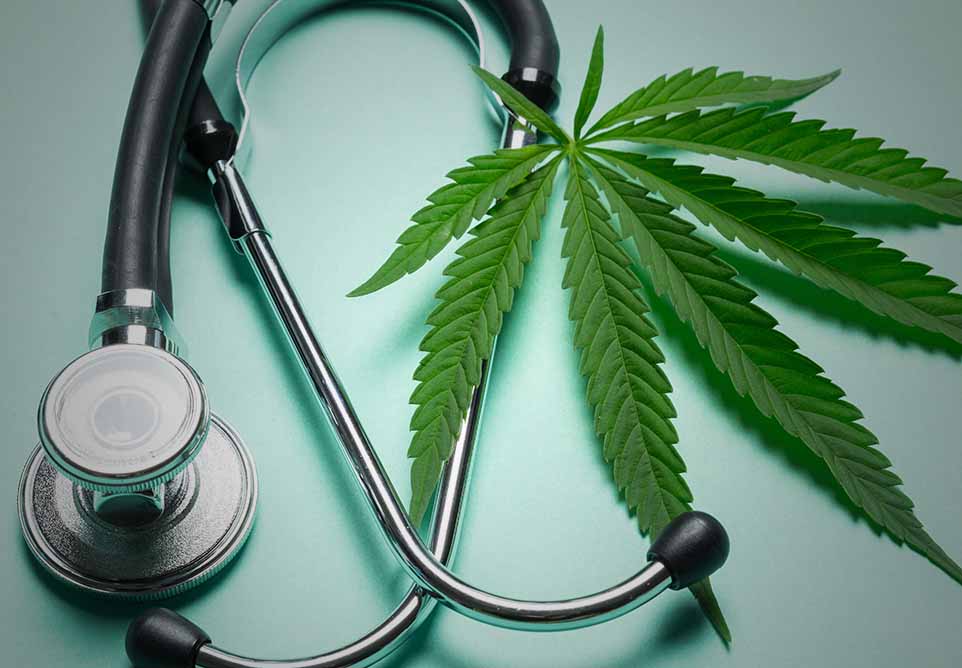It seems like not too long ago, most people would prefer to consume their cannabis discreetly and only talk about it with someone they knew also enjoyed it.
Well, that is quickly changing with the legalization of medical and recreational marijuana in so many states. If you’re lucky enough to live in one of these states, you no longer have to hide your cannabis use or feel ashamed to talk about how it helps you enjoy a better quality of life.
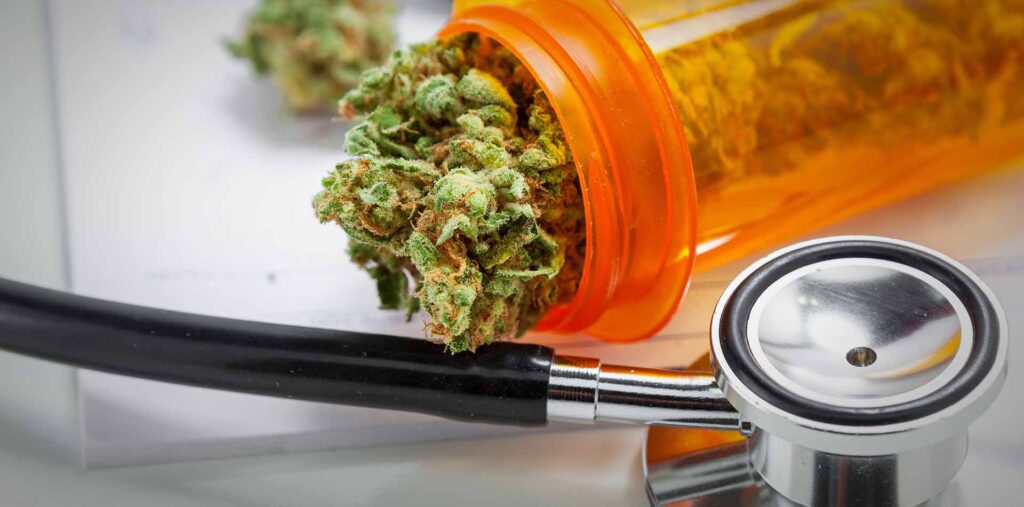
With this newfound freedom, comes wealth of new terms and legal classifications. And with cannabis laws constantly changing, it can be difficult to keep up.
That’s why we are going to take a moment to explore the differences between Medical and Recreational marijuana and some of the regulations you need to be aware of. Let’s start by taking a look at which states have medical and recreational cannabis programs.
States with Medical and Recreational Use Cannabis Programs
As of February 2022, 37 states allow for the medical use of cannabis. That means residents of those states can purchase medical marijuana through the state’s medical program. Residents must first obtain authorization from a healthcare provider and must pay to obtain a Medical Marijuana Card from the state.

If you’re interested in acquiring a medical marijuana card in Maryland, Missouri, or Ohio – get started with our patient specialists!
As of May 27, 2022, 19 states have legalized the recreational use of cannabis for adults. Recreational cannabis is also referred to as adult-use. In the 19 states that have legalized recreational use, adults 21 years of age or older can purchase cannabis .1
Some states, like California, Arizona, and New York have legalized both forms of cannabis: medical and recreational.
So, what is the difference between medical and recreational marijuana?
The Differences between Medical vs. Recreational Cannabis
Let’s start by examining one of the most obvious differences between the two classifications – their intended use.
Medical Marijuana is intended to be used as medicine by those with qualifying conditions. Recreational, or adult-use, marijuana is intended to be used by adults for pleasure or leisure.
Besides their intended use, there are other differences between the two including how much you can purchase, taxation, age requirements, and in some states – how much you can grow at home.
Weed Potency and Concentrations
A common misnomer about Medicinal Marijuana is that it contains lower amounts of THC (tetrahydrocannabinol) and higher amounts of CBD (cannabidiol). Although this may be true for some patients, it is not true for all.
Yes, some medical marijuana patients, like minors, may require cannabis with low levels of THC and higher amounts of CBD. But some adult patients dealing with chronic health conditions, like cancer or AIDS, can get much-needed relief from cannabis with higher amounts of THC.
Learn about the role the battle against AIDS played in the Legalization of Medical Medical Marijuana.
Some Medical Marijuana Is High in THC
So, although cannabis with lower percentages of THC and higher percentages of CBD are available, medical cannabis dispensaries also provide marijuana with higher THC concentrations which are ideal for patients seeking relief from pain, fatigue, and insomnia.
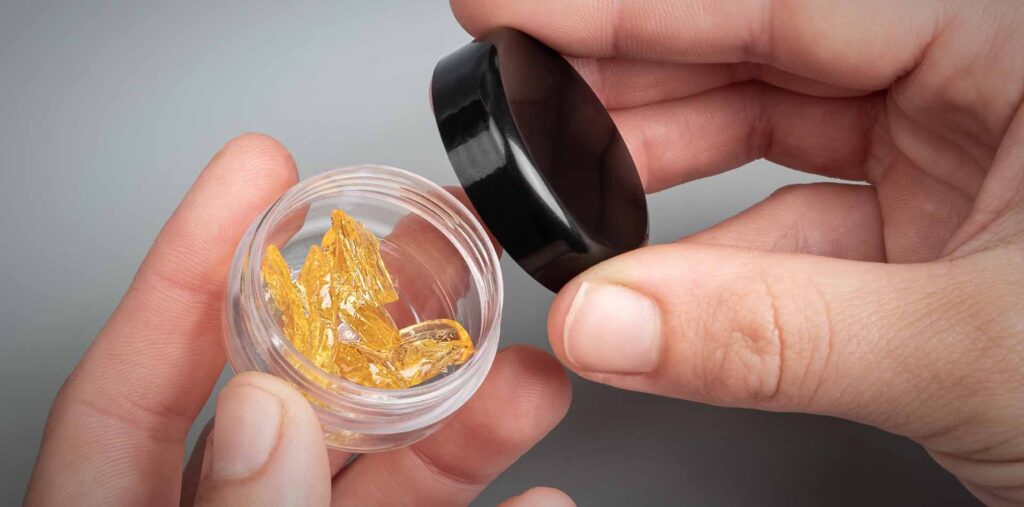
Although recreational cannabis users have been known to pursue marijuana with higher THC percentages, recreational marijuana dispensaries do place limits on the amount of THC per serving in marijuana edibles and extracts.
How Much Weed Can You Purchase – Medical vs. Recreational?
The amount of cannabis that you can purchase will be different for medical marijuana patients compared to recreational users. For the most part, medical cannabis users will be able to purchase more than recreational users. Of course, this depends on which state you live in.
For example, in Florida a medical cannabis patient can buy up to 2.5 ounces of medical marijuana every 35 days, while in Arizona and Illinois the limit is 2.5 ounces every 14 days.2
Recreational marijuana users, on the other hand, can usually buy up to one ounce of cannabis and around 5 – 7 grams of concentrates or extracts per month. Keep in mind that the numbers provided are just examples. The laws and exact limits will vary in each state.
The Amount of Tax You Pay – Medical vs Recreational
One of the big benefits for medical marijuana patients is that they tend to pay less in taxes on their cannabis purchases. That’s because many states do not tax medicinal marijuana. In states that do tax it, the tax rates are typically low.

Recreational users of cannabis, on the other hand, will often have to pay an excise tax. An excise tax is a tax placed on a certain product, like cannabis, alcohol, or tobacco. Not only can recreational users get hit with an excise tax on top of the regular state sales tax, but they may also have to pay extra taxes added on by the city or municipality they live in.
Age Requirements – Medical vs. Adult-Use
Patients, 18 years of age and older, who suffer from a qualifying condition that’s been verified by a doctor can obtain a medical marijuana card. With this card, they can purchase medical marijuana from a dispensary.
Patients under the age of 18 with a qualifying condition can still obtain their card but must have a legal guardian register as a caregiver. The caregiver will be the one who can purchase cannabis from the medical marijuana dispensary.
Things are different for recreational, or adult-use, cannabis. In states that have legalized recreational marijuana, you must be 21 years of age or older to buy weed from a recreational cannabis dispensary.
Can You Grow Medical or Recreational Marijuana at Home?
When it comes to growing your own plants, you really need to pay close attention to the laws in your state.
States, like California and Maine, allow residents to grow their own cannabis for both medical and recreational use. Other states, like Kansas and Texas, have not legalized any form of marijuana consumption or cultivation.

Some states like Florida, have legalized Medical Marijuana but do not allow medical marijuana patients to grow their own cannabis plants. Other states like Maryland and Missouri allow residents to grow cannabis plants for medicinal usage only.
For the most part, you have to be at least 21 years of age to grow cannabis in the states where it is legal.
There are a lot of laws pertaining to the cultivation of cannabis, with specific limits varying by state. It is important to fully understand the regulations that apply in the state you live to avoid violating any laws.3
What Is Recreational Marijuana?
By now, after going over the similarities and differences between Medical and Recreational weed, most of you have probably figured it out.
There really is no physical difference between cannabis that’s labeled medicinal and recreational. They are not different types of weed. Instead, recreational and medical are just two different legal terms applied to marijuana.

Simply put, recreational marijuana is cannabis that adults over the age of 21 can purchase in states that have legalized recreational or adult-use cannabis. Recreational marijuana laws treat cannabis similar to tobacco and alcohol – where excise taxes can be added to the price.
Instead of looking at cannabis as an instrument that can help to improve health and quality of life, those who enjoy adult use cannabis often look to the psychoactive effects of THC (tetrahydrocannabinol).
What is Medical Marijuana?
Medical marijuana is cannabis that has been prescribed by a physician to treat symptoms related to a range of qualifying conditions. As we mentioned earlier, to participate in your state’s medical marijuana program, you must obtain a diagnosis and recommendation from a physician. Then, you will have to register with the state to obtain your medical marijuana card.
Do Medical and Recreational Marijuana Provide Different Effects?
So, by now we understand that there really is no physical difference between cannabis that’s labeled medicinal and recreational. The main differences come down to legal classifications, taxation, etc.

So, when it comes to the question: “Do medicinal and recreational marijuana provide different effects?” the answer is not really.
If you were to purchase an eighth of OG Kush flower at a medicinal marijuana dispensary and another at a recreational-use dispensary they would be similar. Depending on the cultivator and their practices, like growing their cannabis indoors vs. outdoors, both could have similar THC percentages and terpene profiles.
But that does not mean that the same strain of cannabis will affect two different people the same. That’s because everyone has a unique endocannabinoid system that reacts differently to certain cannabinoids and terpenes.
Learn about how your Endocannabinoid System could be the key to unlocking your body’s natural healing power.
Could Terpene Profile Be Just As Important As THC Percentage?
In the past, THC percentage had been used as a guide to try to determine the potency of a strain of cannabis. But as science helps us understand more about cannabis, we’re learning that a lot goes into determining the potential effects.
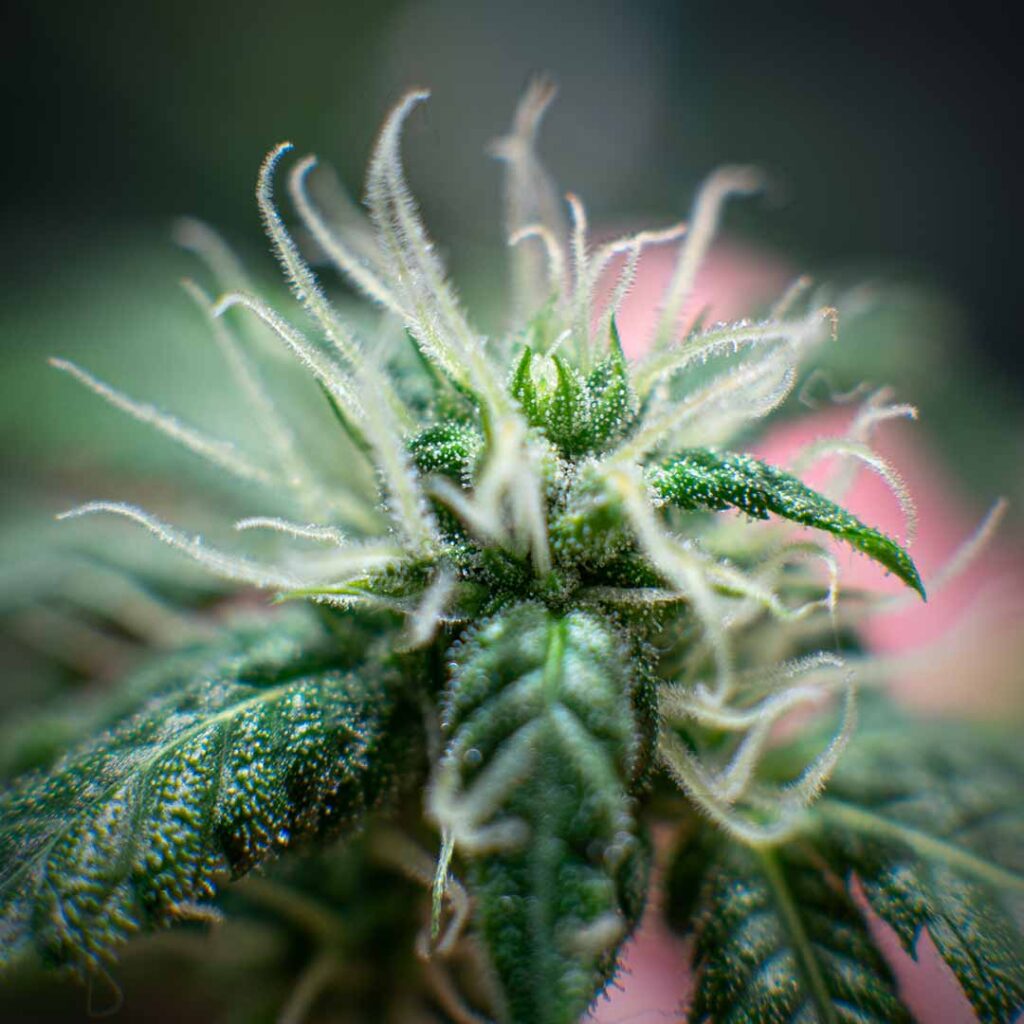
When it comes to cannabis…
It’s not just about THC percentage.
It’s believed that when you combine the right mix of cannabinoids and terpenes that are best for you, it could help to create a synergetic effect known as The Entourage Effect–which provides a unique and more complete cannabis experience for each patient.
What Are Terpenes?
Terpenes are highly aromatic compounds naturally produced in plants and herbs like jasmine, rosemary, lavender, and cannabis. In nature, terpenes help to protect plants from animal grazing and infectious germs. They also help to attract pollinators.
The Health Benefits of Terpenes
Terpenes are bioactive and depending on their concentration and how a person uses them, could offer health benefits. For example, the terpene isopulegol which is known for its minty smell, is found in the essential oils of lemongrass, lemon balm, geranium, and eucalyptus. Certain strains of cannabis rich in isopulegol, have shown to have potential health benefits that include being anti-inflammatory, anti-seizure, antiviral, and gastroprotective.
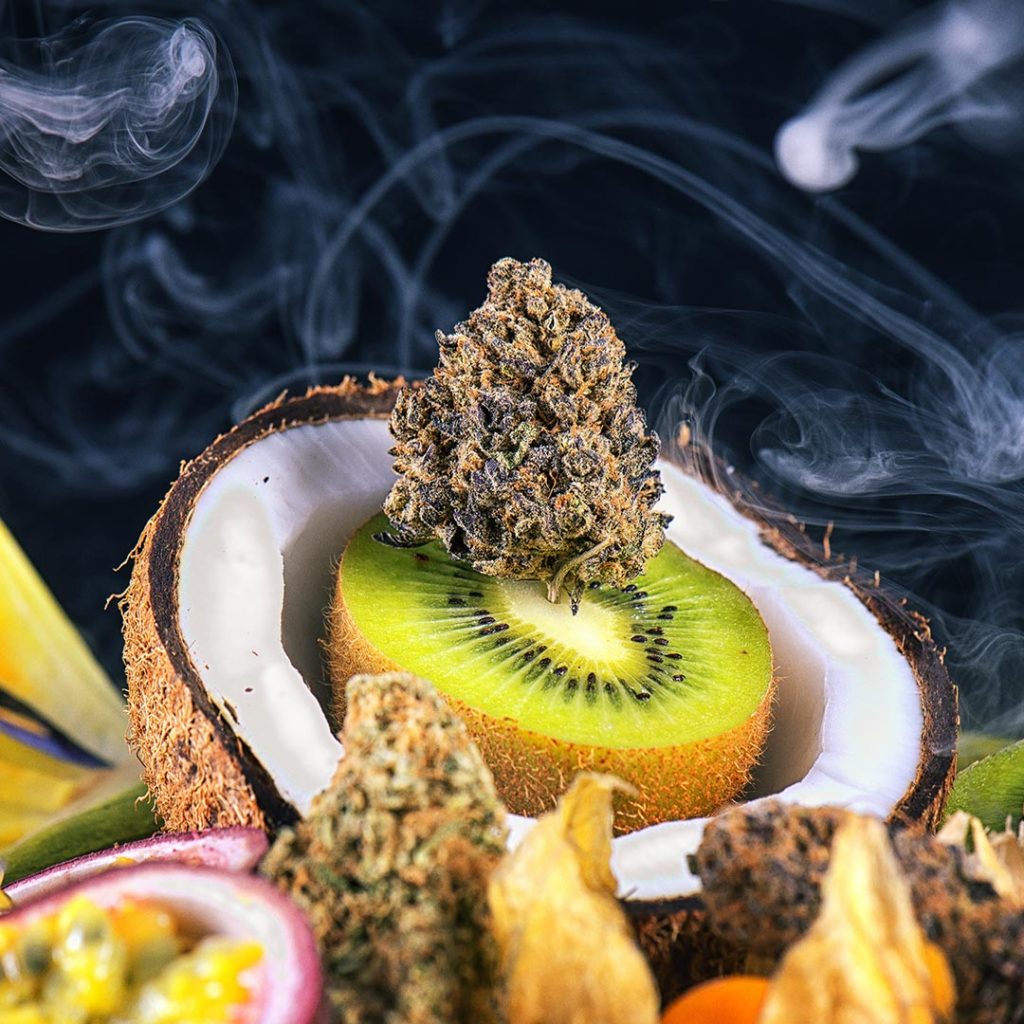
Learn More About
Ready to Dial in The Right Mix for You?
One thing that sets Bloom apart is our approach to helping patients find the consumption methods and cannabis products that work best for them.
Our Patient Care Specialists will take the time to get to know you, your condition, and your specific needs. By doing so, we can help you enjoy the improved quality of life that is possible when you select the cannabis products that are right for you and your endocannabinoid system.
Live in a state with a Bloom dispensary?
Take the first step toward a better quality of life and schedule your free consultation today.
Consultations are available by phone, in-person, or online.

If you’re interested in acquiring a medical marijuana card in Maryland, Missouri, or Ohio – get started with our patient specialists!

